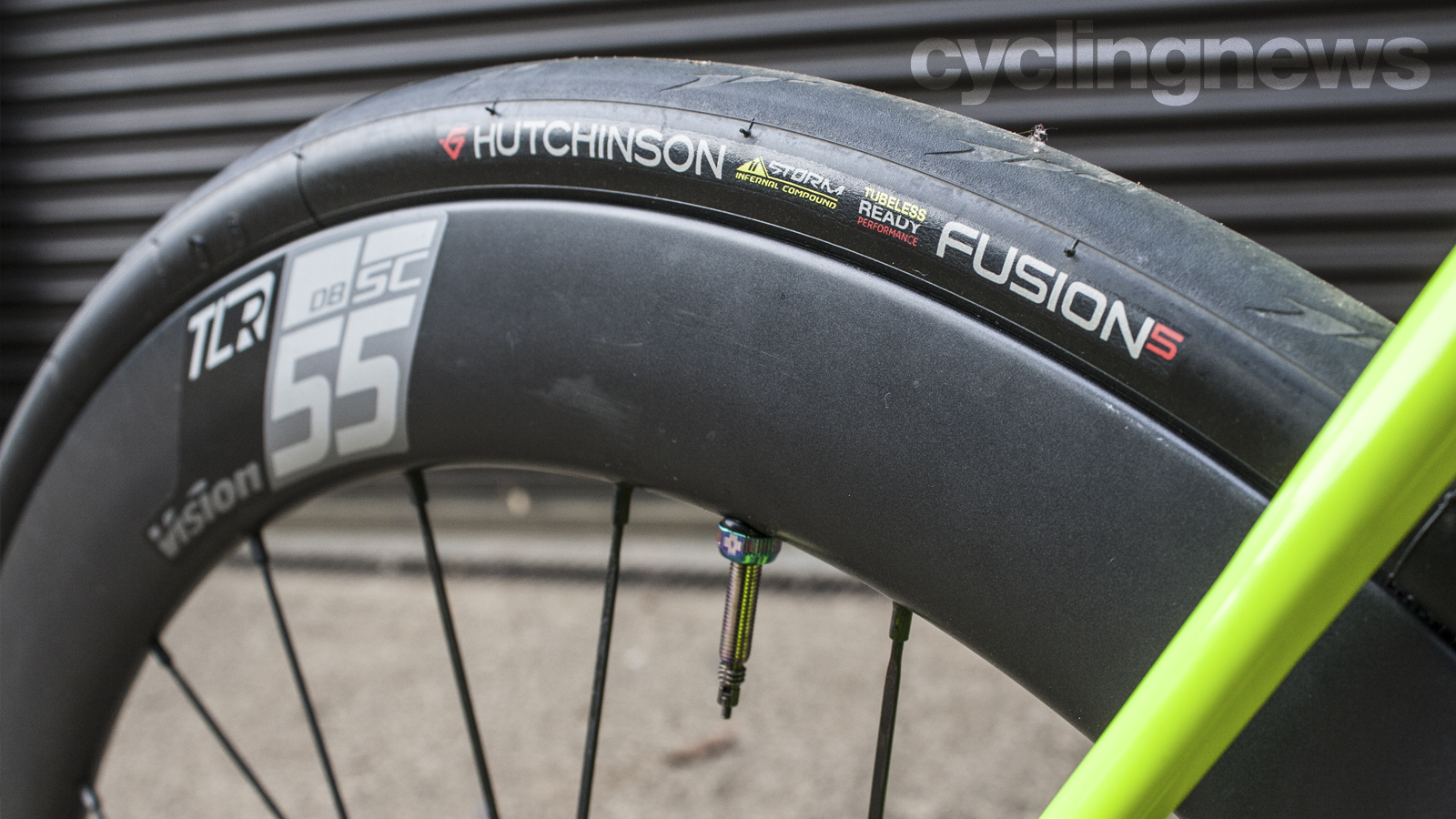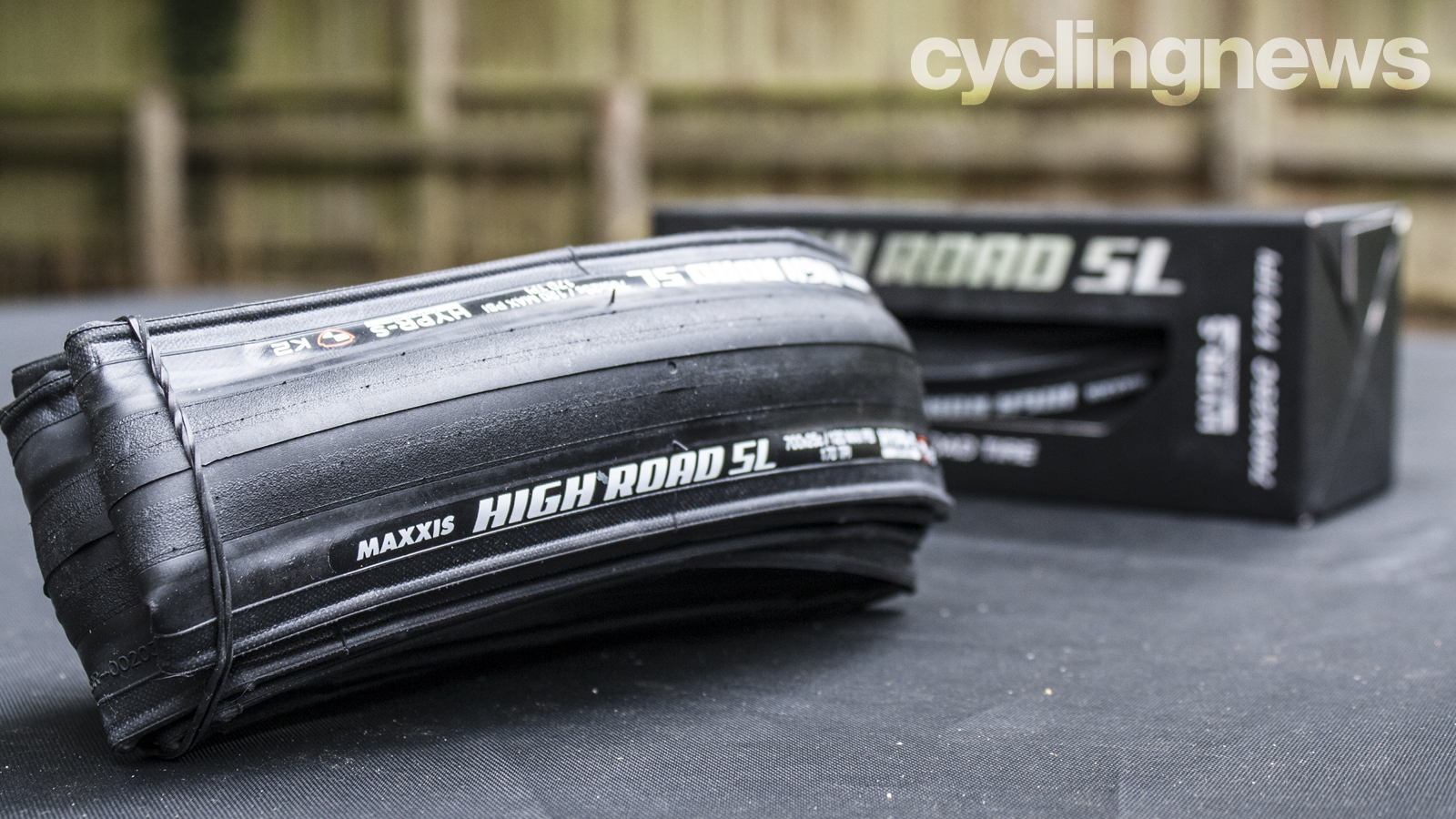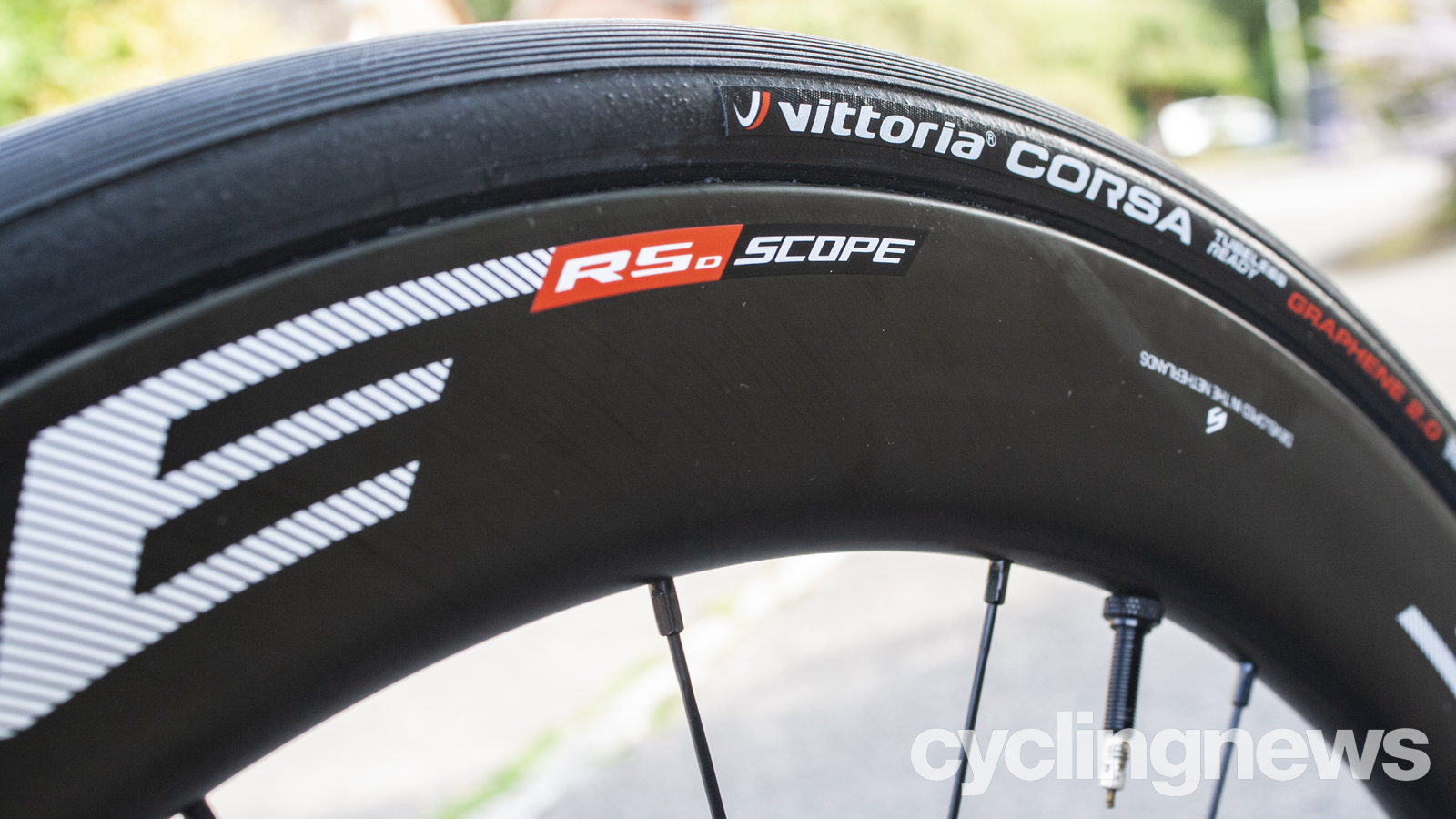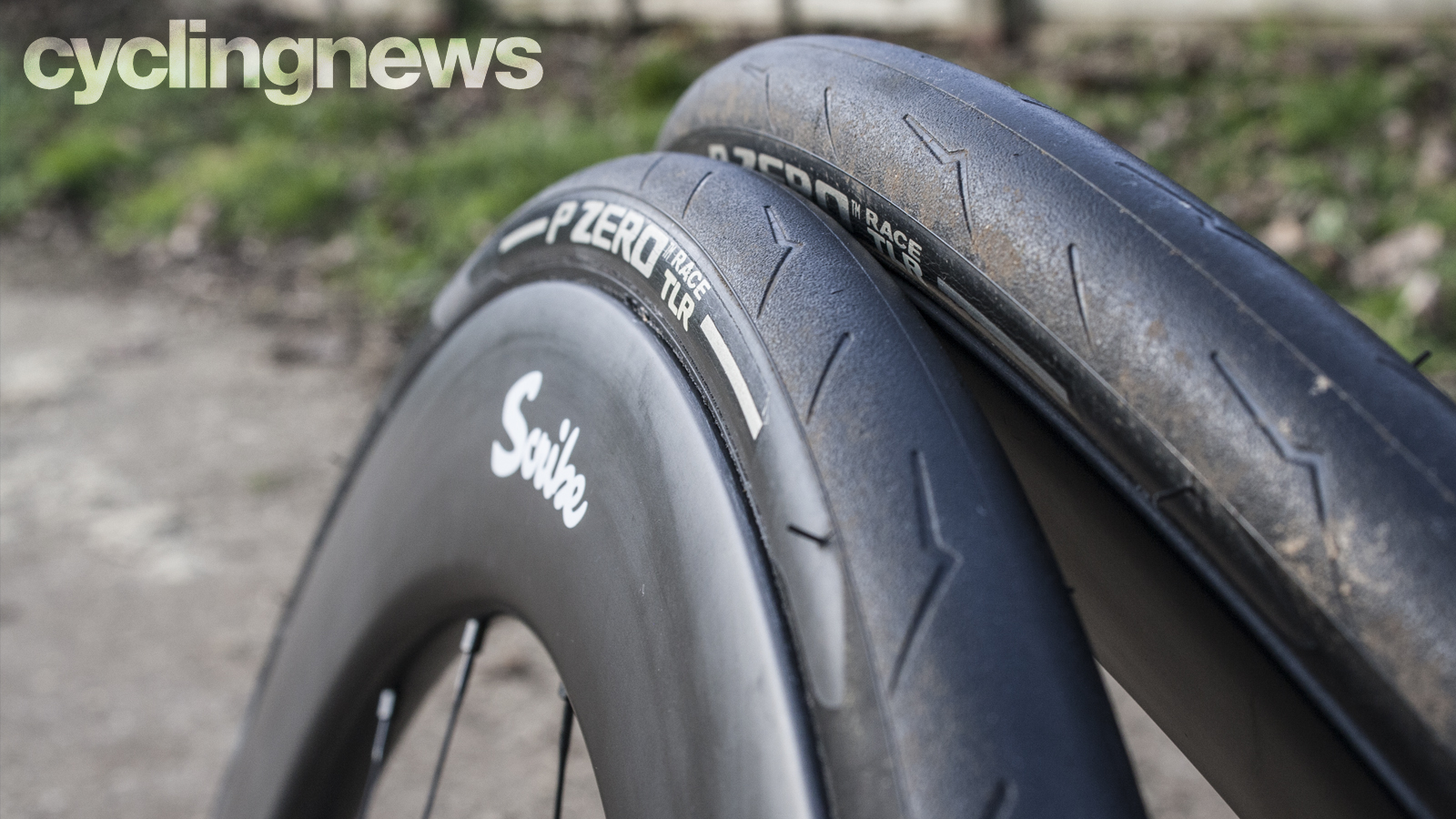When to replace bike tyres: Warning signs and what to look out for
A worn set of tyres will negatively affect your bike's handling characteristics and puncture resistance. Here’s how to tell when the time has come for a new set

Like any bike component, the best road bike tyres must eventually be replaced to ensure optimal performance, grip and puncture protection. Many cyclists fail to realise the importance of using high-quality rubber - not only does the humble tyre represent your bike's only contact point with the road or trail surface, they greatly affect the way it behaves, too.
Worn tyres will fail to grip the ground as well as a new pair of tyres, which could lead to dangerous situations out on the road or trail. An old tyre will also not protect against punctures or sidewall tears as effectively.
Tyres are a relatively long-lasting component, but certain factors can lead to them needing to be replaced quicker. Lots of riding in harsh conditions will wear them down faster, and the rubber compound matters, too, and a softer compound will wear out faster than a harder one.
There are a number of ways to tell when a tyre needs replacing. Read on to find out when to replace your tyres so you can remain safe and flatless.

Look for signs of wear
Some may throw out distance numbers for how often you should replace your tyres, but there are simpler visual methods of knowing when it's time to replace the best road bike tyres. One is the shape of the tyre itself. A new tyre will have a rounded shape, but that shape will flatten as you ride more. The centre of the tyre will become flat, indicating wear. Once this flat spot starts to widen from edge to edge, the tyre is at the end of its life.
Another visual sign is tyre wear indicators. Some brands will include wear indicators to let riders know that the tyre is ready to be replaced. For example, some brands will have tiny holes that will disappear once a tyre has worn a certain amount, indicating that it's time for a replacement.

Inspect your tyres for damage
It's also important to pay attention to any damage the tyre may have sustained like holes, cuts, or tears. Small amounts of damage are natural over the life cycle of a tyre, but if the damage exposes the internal part of the tyre, it should be replaced. Under the initial rubber casing of a tyre will be an internal layer that helps protect against punctures and helps with the structural integrity of the tyre as well. It's not good if this internal layer is showing.
Get The Leadout Newsletter
The latest race content, interviews, features, reviews and expert buying guides, direct to your inbox!
Another sign that a tyre is ready to be replaced is constant flats. This likely means that the tyre has lost its ability to protect a tube or hold in air. If you are constantly getting flat tyres in a short amount of time, a new tyre may solve your woes.
On road bikes, the wear of the tread pattern does not matter much in terms of the overall wear of the tyre. However, on off-road bikes like mountain bikes and gravel bikes, the tread pattern or knobs are what grip the ground, providing traction. If the tread is wearing down on a set of the best gravel tyres, that means a rider will have less grip. There is no rule per se, but once the knobs on the tyre start to appear mangled or even break off, it's time to get new tyres.

Tubeless and tubular
All of the above advice works for all tyre types, including clincher, tubeless, and tubular, but the latter two categories present specific maintenance issues as well.
Tubeless technology has become commonplace in off-road cycling disciplines and the best tubeless road tyres are gaining in popularity, too. Tubeless tyres use a latex-based sealant in place of an inner tube, which seals the tire to the rim and also can help seal any small punctures or cuts. Over time, even the best tubeless sealant dries out, eliminating its effectiveness. Weather conditions and how often you ride can play a factor in the lifespan of the sealant, but you should check it and possibly refill it at least once a month, in general.
Tubular tyres are popular in cyclo-cross and use glue to attach the tyre to the rim. The glue can last for a long time, but some factors can require them to be re-glued. Muddy conditions can break down the seal and washing a muddy bike can also push the debris further into the seal. Moisture is the enemy of tubular tyres, so they should also be stored in a dry place during the season and off-season. The tyres also may need to be re-glued if the tyre was glued on and isn't entirely straight or if a rider or mechanic needs access to the spoked through the rim.
Regardless of the type of tyre you employ, the warning signs will remain constant across all disciplines. Regular inspection of the tread, sidewall and sealant (if running tubeless), will ensure your bike performs optimally and, more importantly, is safe to ride.
Ryan Simonovich has been riding and racing for nearly a decade. He got his start as a cross-country mountain bike racer in California and quickly learned how fun road cycling can be. He has dabbled in road, criterium and cyclocross racing as well. He lives in Durango, Colorado, where there are endless mountain views and hilly gravel routes.